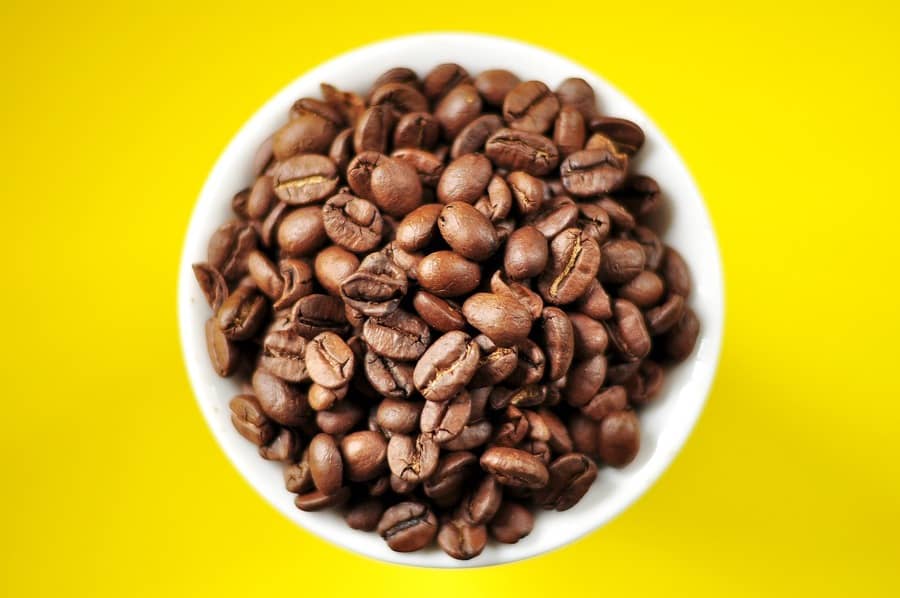Unable to sustain itself above 190 cents, coffee ends up falling and flirts with the 180-cent level on ICE US. We warned in this newsletter about great volatility in these periods of financial transition. It was also pointed out that the fundamental momentum would not last long. And that all this made the bullish movement fragile, getting vulnerable to quick and abrupt corrections, as it really happened. The biggest concern now is to sustain the level of 180 cents for the May/23 position in New York. The loss of this reference tends to speed up sell orders and sharpen losses.
In any case, even with the recent fall, coffee sustains good gains in New York. In February, the May/23 position rose 0.85%. The recent comings and goings are part of a bullish move that started on January 11 after coffee changed hands at the low of 143 cents. There was very strong selling pressure from funds, supported, among other things, by some very optimistic perspectives regarding the next Brazilian crop. The exaggerated production estimates made the market slide below the sideways channel, which had been outlining the performance of coffee prices in New York, besides serving as a justification for corrective adjustments.
Coffee followed a more positive financial context and the recovery of important technical benchmarks to intensify gains. On the rise, it ended up overcoming old resistances, breaking the sideways pattern again, but this time in the upper band. The May/23 position flirted with 190 cents but ended up weakening. Now it tries to consolidate the level of 180 cents. In any case, it remains above the former performance range, showing short-term strength.
Expectation of volatility and gradual realignment with proximity of Brazil’s 2023 crop
Financial volatility must continue to set the market tone in the short term. In this sense, it is good to keep an eye on the signals from the Fed and China’s movements, as they affect investor behavior and serve as a stimulus for the exchange rate. It is important to realize that we are still in a process of realignment in the international financial flow, which explains erratic market movements, such as the detachment of coffee from the dollar.
The fundamental issue for coffee is the mismatch between the short and long term, characterized by the inverted market on ICE US. The tight short-term supply forces stronger differentials in FOB exports and reinforces the feeling of supply tightness. However, this sentiment is not propagated to future positions, which are more influenced by the prospect of a full Brazil’s 2023 crop and greater supply slack. This dilemma favors distortions and interferes with market dynamics. The difference between May/23 and Sep/23 on ICE US, which was 7 cents, is currently around 3.50 cents.
Short-term tightening must continue to bring support to prices. However, the approach of the new Brazilian crop tends to force some negative realignment in the price curve. In this sense, pay attention to the reference of 180 cents on ICE US, as its loss tends to pave the way toward the levels of 175 to 170 cents, returning to the sideways channel prior to the recent rally.
Unable to sustain itself above 190 cents, coffee ends up falling and flirts with the 180-cent level on ICE US. We warned in this newsletter about great volatility in these periods of financial transition. It was also pointed out that the fundamental momentum would not last long. And that all this made the bullish movement fragile, getting vulnerable to quick and abrupt corrections, as it really happened. The biggest concern now is to sustain the level of 180 cents for the May/23 position in New York. The loss of this reference tends to speed up sell orders and sharpen losses.
In any case, even with the recent fall, coffee sustains good gains in New York. In February, the May/23 position rose 0.85%. The recent comings and goings are part of a bullish move that started on January 11 after coffee changed hands at the low of 143 cents. There was very strong selling pressure from funds, supported, among other things, by some very optimistic perspectives regarding the next Brazilian crop. The exaggerated production estimates made the market slide below the sideways channel, which had been outlining the performance of coffee prices in New York, besides serving as a justification for corrective adjustments.
Coffee followed a more positive financial context and the recovery of important technical benchmarks to intensify gains. On the rise, it ended up overcoming old resistances, breaking the sideways pattern again, but this time in the upper band. The May/23 position flirted with 190 cents but ended up weakening. Now it tries to consolidate the level of 180 cents. In any case, it remains above the former performance range, showing short-term strength.

